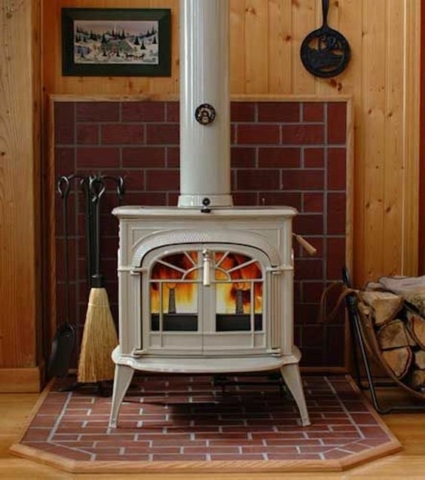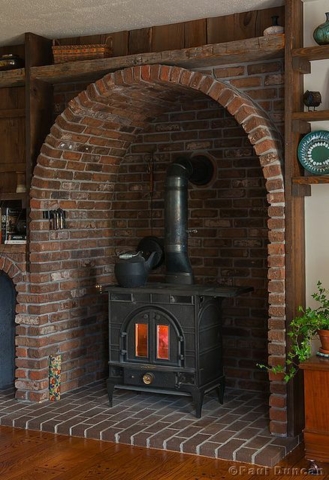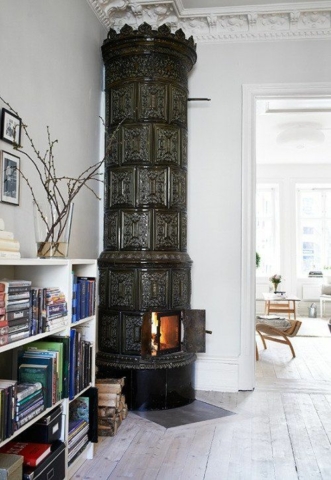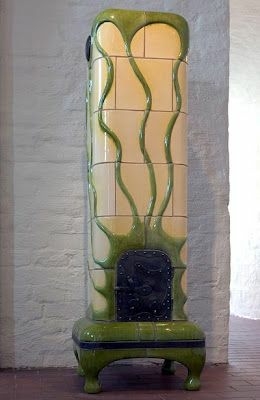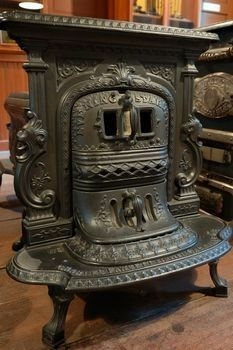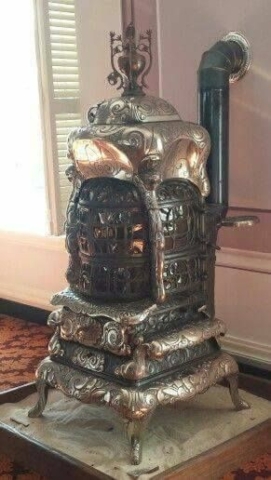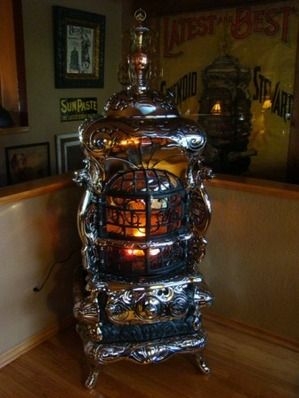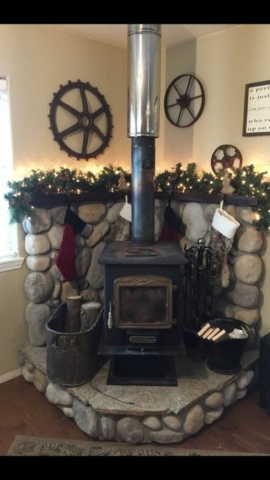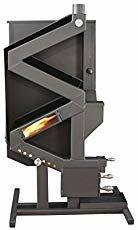How do you choose the right wood stove? Does your home has an existing fireplace or not? Obviously, if it does you should go with an insert and use the existing fireplace. If there isn’t one, go with a freestanding model. Freestanding wood stoves offer many advantages that an insert is not capable of producing. They operate much more efficiently, give off better radiant heat, and in the event of a power outage, you can cook on them or even humidify your home by heating a pot of water on top of the stove.
A key factor in choosing the right wood stove to fit you is determining how often the stove will be used. Typically, wood stoves are constructed of one of two materials, cast iron or welded steel. As far as performance goes, they are both pretty equal.
This, however, is where the question of how often the wood stove will be used comes into play. Welded steel wood stoves heat up a lot faster than cast iron stoves. So if you plan on using the wood stove to take the chill out of the house and put the fire out, welded steel is the way to go.
Cast iron wood stoves take a while to heat up but they radiate a lot more heat even after the fire is put out so they are the better choice to go with if you are looking for a wood stove to run all day throughout the cold winter months.
Another option to consider when purchasing a wood-burning stove is Catalytic or non-catalytic. Catalytic stoves contain a ceramic, honeycomb-like combustor that is plated with a metal such as platinum or palladium. The metals on the catalytic converter act as a catalyst to ignite these gases at lower temperatures. This catalytic feature has two advantages. First, it increases the stove’s efficiency 10 to 25 percent by burning hydrocarbons that would otherwise go up the chimney. Secondly, it burns the wood more completely, so there are fewer emissions.
Most importantly is to install the stove, damper, and piping correctly by asking your local contractor.

